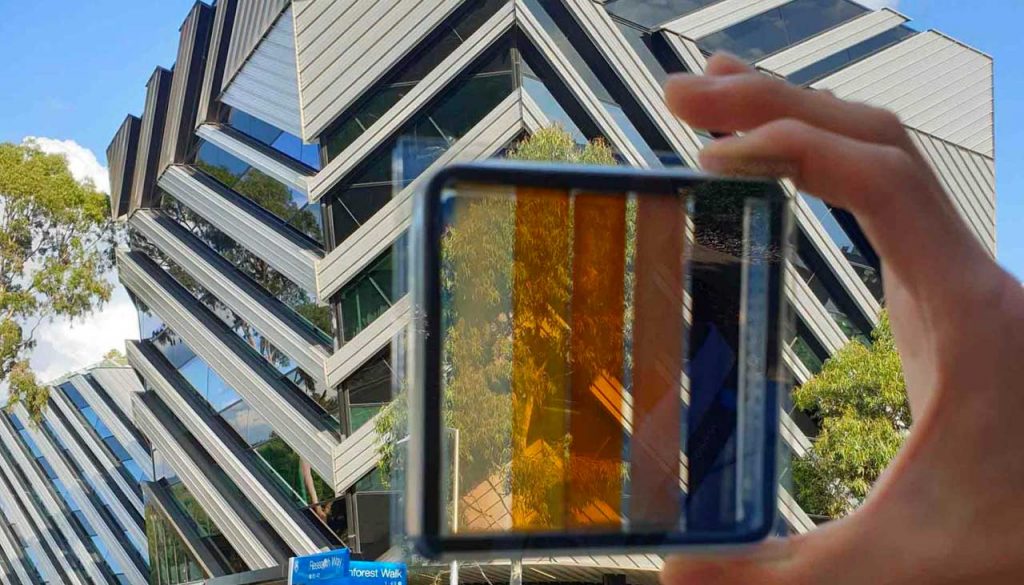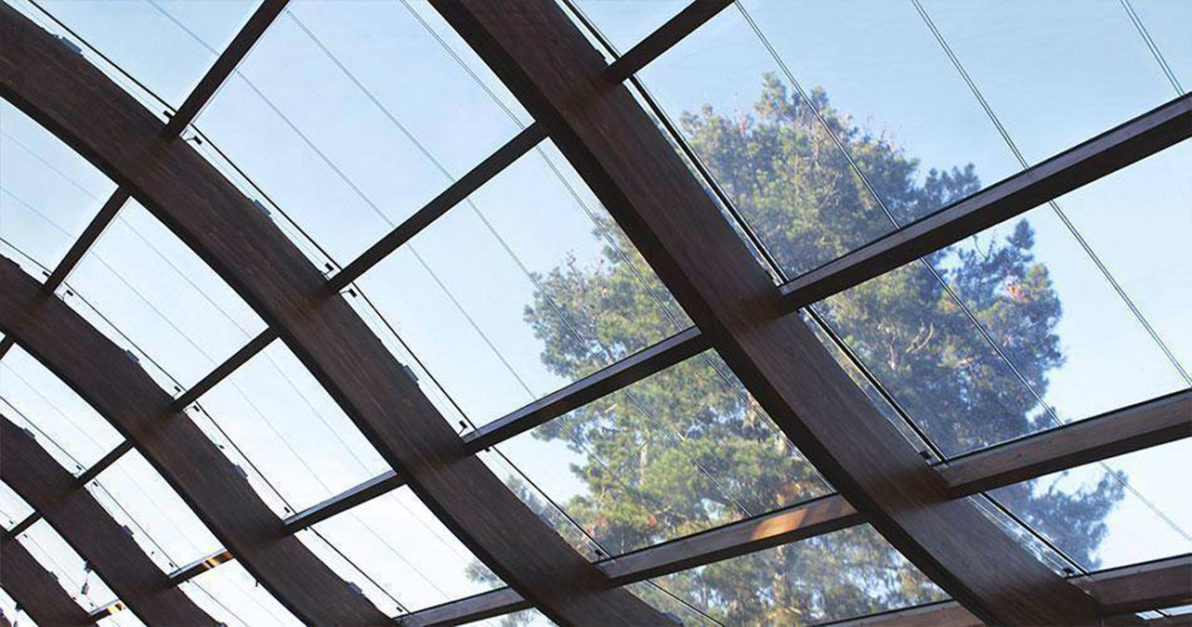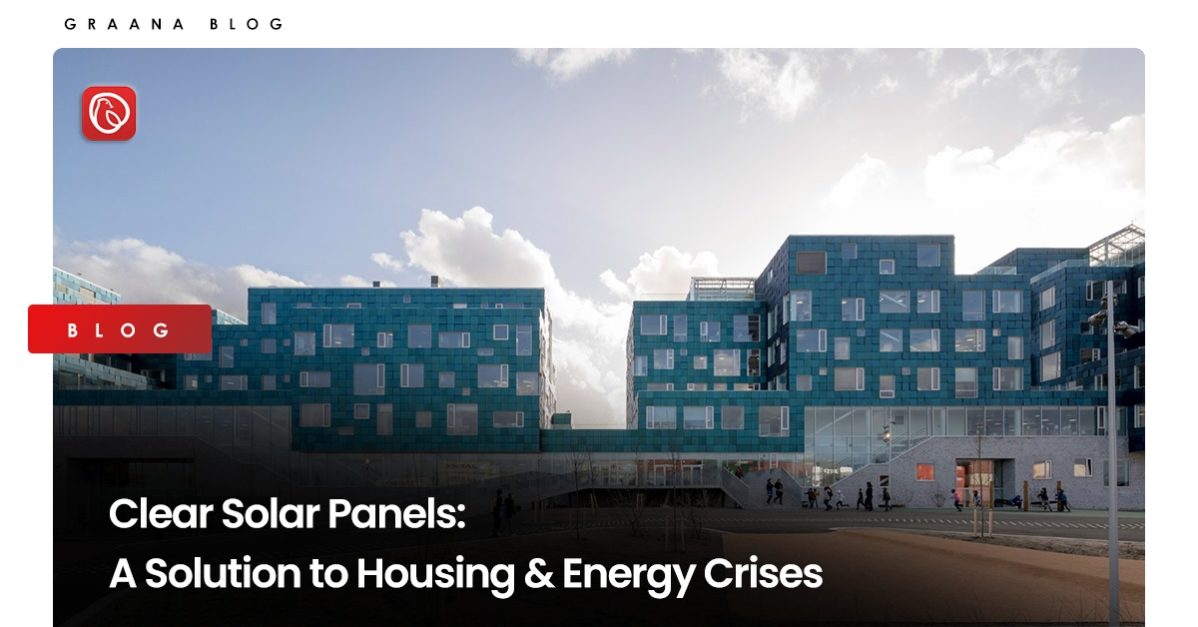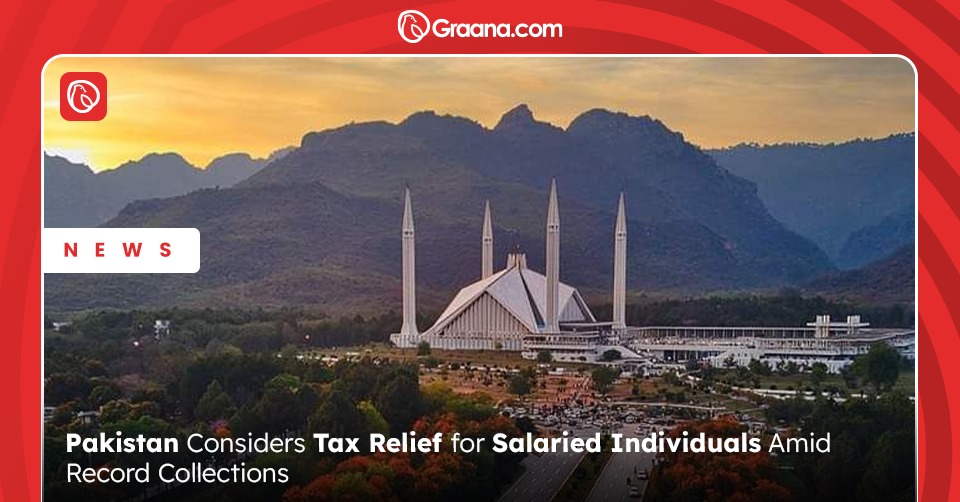The use of solar panels in construction has become increasingly popular in Pakistan due to the country’s abundant sunshine and the need for renewable energy systems.
Pakistan is a country with a rapidly growing population and an increasing demand for energy. However, the country’s electricity production relies heavily on non-renewable sources, which contributes to environmental degradation and greenhouse gas emissions.
Solar panels can be installed on rooftops or integrated into the design of buildings to generate electricity for both residential and commercial use. The government of Pakistan has also implemented various initiatives to encourage the use of solar energy, such as providing incentives for solar panel installation and promoting net metering.
With the high demand for electricity and the rising cost of traditional energy sources, the use of solar panels in construction is expected to continue to grow in Pakistan.
How Clear Solar Panels Can Revolutionize Energy Supply

Solar power and real estate go hand in hand. Clear solar panels have the potential to address both the housing and energy crises in Pakistan. With a shortage of low-cost housing and a growing population, there is an urgent need for sustainable housing solutions.
Clear solar panels can be integrated into the design of housing units to provide a clean and sustainable energy source, making them more affordable for low-income families. This can also contribute to the reduction of the country’s carbon footprint, which is a crucial step toward mitigating the effects of climate change.
Furthermore, Pakistan experiences long hours of sunshine, making it an ideal location for solar energy. However, the energy sector needs help to meet the growing demand for electricity due to limited resources and ageing infrastructure.
The integration of clear solar panels into the design of buildings can provide a decentralized and reliable source of energy, reducing dependence on the national grid and lowering energy costs for households and businesses.
In addition, the implementation of clear solar panels can create job opportunities in the construction and renewable energy sectors, thereby contributing to the country’s economic growth.
The integration of clear solar panels in construction can address both the housing and energy crises in Pakistan, providing sustainable housing solutions, reducing carbon emissions, and providing a reliable and decentralized source of energy.
Transparent solar panels may seem like a far-fetched idea, but they have the potential to revolutionize the energy sector. By using windows or any glass surface, these panels can generate electricity from light energy, which could turn cities from energy consumers to energy providers in a matter of seconds.
With the world striving towards a low-carbon future to mitigate the effects of climate change, solar energy is undoubtedly one of our strongest allies.
The Feasibility of Transparent Solar Technology

The question remains: how effective is transparent solar technology?
Transparent solar energy is an innovative technology that captures and utilises light energy from windows or any glass surface, regardless of the angle. It has the potential to broaden the scope of solar energy and be a game-changer in the renewable energy sector.
Researchers have developed various methods of this technology, but most of them work as a transparent solar concentrator. These absorb specific UV and infrared light wavelengths that are invisible to the naked eye, and convert them into energy that can power electronics.
Also known as photovoltaic glass, transparent solar panels can provide varying levels of transparency. In 2014, researchers at Michigan State University created an entirely transparent solar concentrator capable of converting almost any glass sheet or window into a PV cell.
By 2020, scientists in the United States and Europe had achieved 100 percent transparency for solar glass, bringing us one step closer to a sustainable future that does not rely on fossil fuels.
Benefits of Transparent solar panels
Transparent solar panels have numerous benefits, especially since glass is ubiquitous in modern society. With an estimated 5 to 7 billion square metres of glass surfaces in the United States alone, the potential for generating electricity is enormous.
Traditional solar panels require a wide setup area and significant initial cost, making them challenging to implement in metropolitan locations. Transparent solar panels, however, can be installed in these areas, paving the way for net-zero energy buildings and helping cities meet climate goals and targets.
Transparent solar technology is not just a theoretical concept; it is already being implemented worldwide. For example, the Copenhagen International School’s design utilises 12,000 clear solar panels that produce 200 MWh of energy annually, which is more than half of the energy the building consumes.

Another example is the Biomedical and Physical Sciences Building on the Michigan State University campus, which installed 100-square-foot transparent solar glass panels above the building’s entryway to generate enough electricity to power the atrium’s lighting.
However, there are obstacles to overcome before the technology can be scaled up. To achieve this, scientists need to increase their efficiency, as there is a tradeoff between efficiency and transparency. The more transparent the panel, the less efficient it is.
Nevertheless, this technology has the potential to accelerate humanity’s progress toward a sustainable and greener future. In Pakistan, however, the cost of the technology may be prohibitive, and the country’s lack of infrastructure and expertise could hinder the installation and maintenance of the panels.
Despite these challenges, there are numerous ongoing initiatives in Pakistan aimed at promoting the use of solar energy, including the implementation of solar panels in public buildings and the introduction of net metering policies that allow homeowners to sell excess electricity back to the grid. In short, investing in solar panels can be a wise decision.
Conclusion
In conclusion, the implementation of transparent solar panels in Pakistan could offer a promising solution to the country’s energy needs while simultaneously reducing its carbon footprint.
Although there are challenges to overcome, ongoing initiatives and the country’s abundant sunlight make it an ideal location for the expansion of solar energy.
For more information, visit Graana Blog




